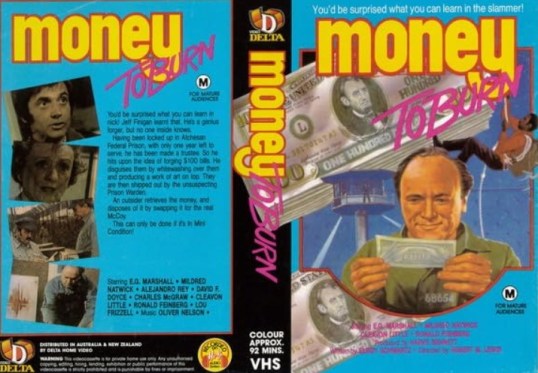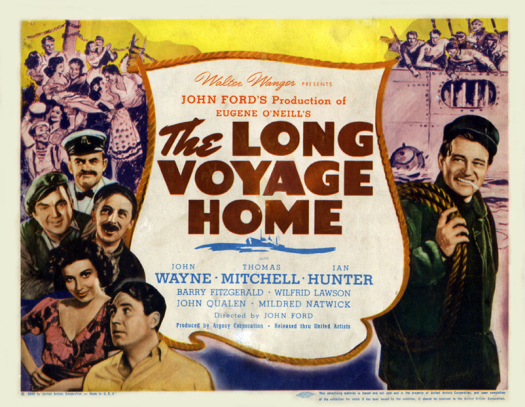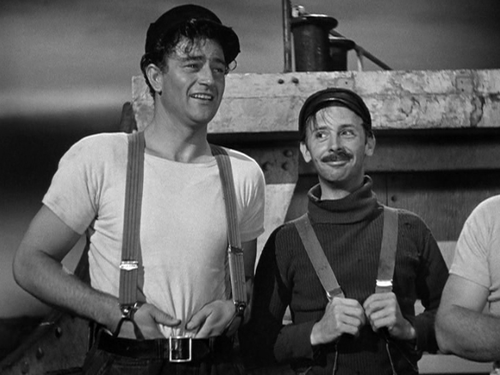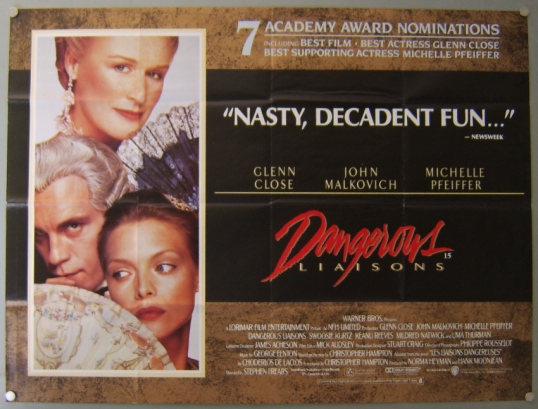Welcome to Retro Television Reviews, a feature where we review some of our favorite and least favorite shows of the past! On Wednesdays, I will be reviewing the original Love Boat, which aired on ABC from 1977 to 1986! The series can be streamed on Paramount Plus!
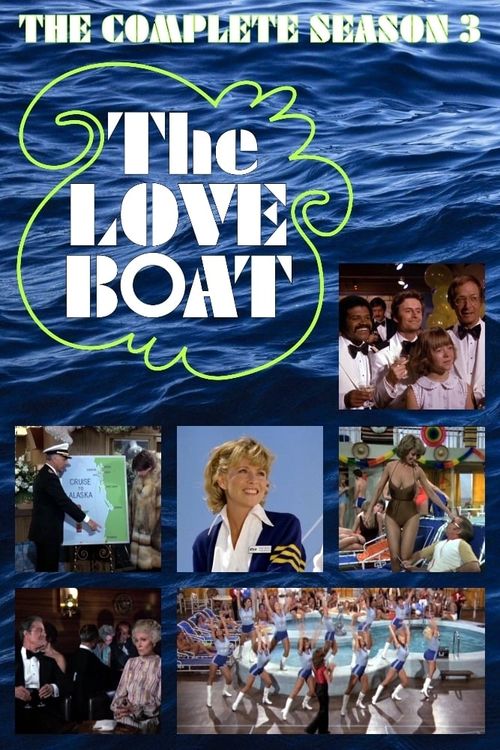
This week, the third season of The Love Boat comes to a conclusion with an extra-long episode!
Episode 3.28 “No Girls for Doc/Marriage of Convenience/The Caller/The Witness”
(Dir by Gordon Farr and Richard Kinon, originally aired on May 3rd, 1980)
The finale of The Love Boat‘s third season features stage legend and two-time Oscar winner, Helen Hayes. Hayes was considered to be such a big “get” for the show that she receives the zoom lens treatment when she steps onto the ship and all of the action seems to stop for a few minutes, presumably so the audience at home can give her a standing ovation.
Personally, I think Helen Hayes was pretty cool. Along with being a hell of an actress (one whose career extended for over six decades), she was also the wife of Charles MacArthur, an acquaintance of the Algonquin round table, an outspoken Republican, a strong supporter of many charities, and a major benefactor of the Helen Hayes Hospital, a rehabilitation clinic in New York that has made major strides in treating physical disabilities. To say that there are people in the world who can walk because of Helen Hayes is not hyperbole.
That said, Helen Hayes’s story is the dullest one on this cruise. It’s not Hayes’s fault. She is her usual outspoken and likable self. It’s just the storyline itself doesn’t offer up much in the way of drama or comedy. Hayes plays Agatha Winslow, a widow who was married to a friend of Stubing’s. Stubing asks Julie to set Agatha up with someone but then they see Agatha hugging a younger man and Julie says that it won’t be necessary.
AGCK! I HOPE NOT! The younger man is played Helen Hayes’s son, James MacArthur!
No worries. MacArthur is playing Scott Burgess, who is Agatha’s nephew. Scott is a member of the protestant clergy who has never married because he feels that he has to take care of Agatha. Scott and Beatrice Dale (Mildred Natwick) hope that Agatha will fall in love with and marry Beatrice’s brother, a businessman named Hollister (Maurice Evans). Hollister owns a carpet company and he spends most of the episode look down at and commenting on the quality of the ship’s floor. Agatha does not marry Hollister but she does realize that it’s time for her to move on and live her own life. It’s all very pleasant but not very extremely interesting.
Far more interesting is the story of Gail Padgett (Christopher Norris), a woman who is boarding the ship because she needs to get away from her landline phone. As she explains to Julie, someone has been calling and harassing her for months. At no point does Julie suggest what I would suggest, which is that Gail should call the cops. Indeed, when Gail starts to get calls on the boat, Julie never suggests calling the police or going to the captain or anything else. Instead, Gail tells her stalker that she’ll meet him at the Pirate’s Cove Bar. She tells Julie that she has a plan to humiliate him. And again, you would think Julie might say, “How about we just arrest him when he comes in the bar?” But instead, Julie smiles. It’s the Love Boat! No one is murdered on The Love Boat! (Not yet, anyway.)
Gail’s stalker is a nerdy fellow named Melvin, who is played by a young Martin Short. Before Melvin can arrive, Gail is approached by Jack Stander (Larry Breeding). “Hi, I’m Robert Redford,” Jack says before admitting that he’s not Robert Redford and that he spent hours coming up with that opening line. Thinking that Jack is her stalker, Gail takes Jack to her cabin where she get him to undress and then tosses all of his clothes out the porthole. So now, Gail has not only flirted with and then stood up her stalker but she’s also committed theft. WAY TO GO, GAIL!
Anyway, Gail eventually realizes that Jack is not her stalker and they fall in love. Melvin is eventually revealed to be the caller but everyone laughs it off because he’s so nerdy. (Because we all know how harmless nerdy stalkers are….) This was a really weird story but, despite the stupidity of their characters, Christopher Norris and Larry Breeding made for a cute, likably vapid couple.
Maybe Gail should have gone to Wayne Dobson (Larry Wilcox) for help. Wayne is an uptight assistant D.A. who has spent the last two months in a hotel room with Pat Bigelow (Catherine Bach), a witness to a crime who is in protective custody. Even when Pat boards the cruise, Wayne has to come with her and stay in an adjoining cabin. Pat is annoyed but she understand that Wayne is just doing his job.
However, Wayne has fallen in love with Pat and he is upset to receive a telegram saying that the crooks have decided to plead guilty and that Pat can be released from protective custody. Isaac, who was perhaps a bit too excited when he earlier thought Wayne was a male gigolo who was being paid to escort Pat, suggests that Wayne just lie and not let Pat know that her life is no longer in danger. Wayne agrees and Isaac takes Wayne off to give him a makeover that will be so impressive that Pat will fall in love with him and reject notorious Love Boat lothario Mark Bridges (John McCook).
(Of course, any relationship that Wayne and Pat could ever have would be built on lies but whatever….)
Pat does fall for Wayne, though less because of the makeover and more because Wayne finally stops being so uptight. She’s a bit miffed when she finds out that Wayne has been lying to her but she forgives him easily because this is The Love Boat.
Finally, after a night of skinny dipping leads to him losing his clothes and money, Doc announces that he’s through with women. (And again, it doesn’t seem to occur to anyone that maybe Doc should call the police.) That should be a relief to the crew because Doc really is a lawsuit waiting to happen. Instead, they takes bets on how long it will take Doc to go back on his word. It doesn’t take long. Any story that centered around Doc being a Casanova just felt silly. Bernie Kopell was likable as Doc but he was also a bit too naturally mild-mannered to be believable as a legendary lothario.
And so ends the third season of The Love Boat. Vicki is now firmly a member of the crew. Julie has given up on finding love. Isaac and Gopher are as silly as ever. And Doc is going to get the cruise line sued. The 90-minute finale was a bit overextended and had some weak story elements but, overall, the third season was a lot of fun.
Next week …. SEASON 4!
